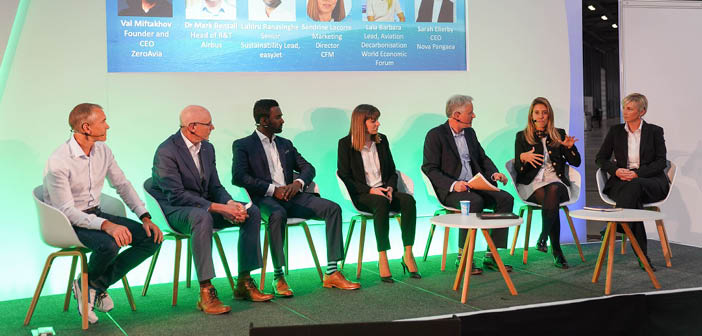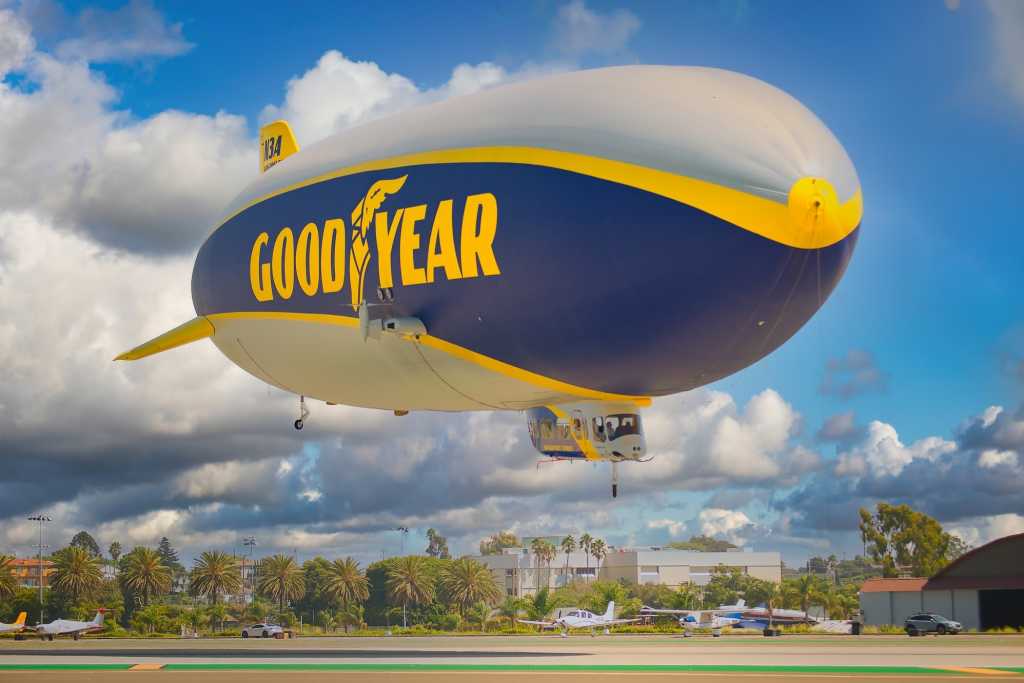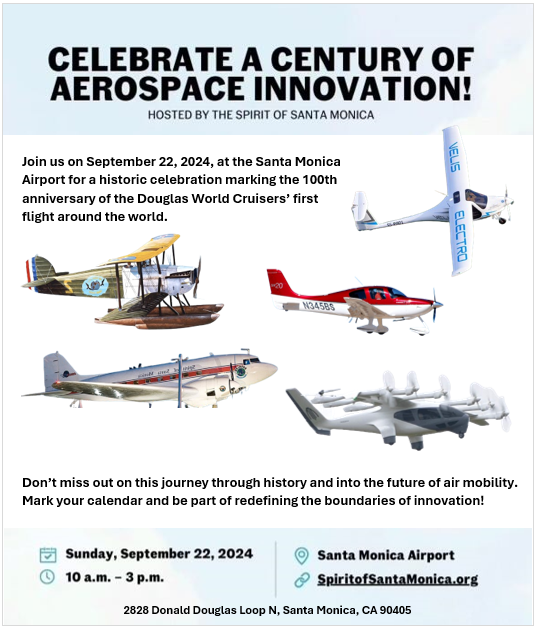
By: Edward C. Story
Board Member and VP
Eco-Aviation Foundation International
Among the pumpkins in political office, the imaginary witches flying through the ember strewn air of Los Angeles, and the politicians asking for candy at everyone’s doorstep, we reflect, pensively, I might add, on the state of aviation – and change.
This state was no better represented in the broadest form than at the annual whing-ding put on for business aviation at NBAA-BACE in Las Vegas last week.
To this writer who has been a licensed involvee in aviation for almost 40 years and an observer for longer than that, there were three areas of substantial interest at NBAA-BACE LAS last week: sustainability, flyability and autonomy.
Let’s take sustainability. We accept climate change. We accept pollution as an outgrowth of carbonized fuel. We accept the need for our change, indeed global change. My associate and CEO of Eco-Aviation Foundation, Scott Burgess, was on the panel on, yes, Sustainability. Also, an additional panel was held: I Want My SAF! (sustainable alternate fuel) The conclusion? – if there was one, that is – our current fuel is unsustainable. Not only is there a limited supply, there is an even more limited capacity for our climate to absorb petroleum-based fuel byproducts. Thus the growing interest in electrically fueled propulsion and even hydrogen fueled propulsion.
Let’s talk flyability. The skies are crowded. In fact, in our own bailiwick, Los Angeles, the skies are very crowded. Specifically, as stated by Clark Desing of the FAA, “Los Angeles is THE most complex airspace on the planet!” Yes, on the planet. I asked Clark about that some years ago. So how do we organize commercial aviation, general aviation and electric air taxis a la Uber Elevate? As described in the panels on the Future of Urban Air Mobility (“UAM”) and Bring on the Future: AI, Urban Mobility and Business Aviation as well as Urban Air Mobility: Here Sooner Than You Might Think and Integrating Emerging Technologies into the NAS at NBAA, the answer is – somewhat like the proverbial porcupines making love: very very carefully.
Finally, let’s take autonomy and the panel, simply put: Autonomous Flight. For those who attended Uber Elevate in LA a year and a half ago and the likewise event in D.C. a few months ago, you’ve probably noticed that the emphasis has changed to backing off the autonomy thrust to at least initial admission that pilots will be needed for air taxis. Then, of course, we come up with the question: where are those pilots going to be trained? (Keep an eye on the certification of the Bye Aerospace eFlyer as one solution to lowering pilot training costs.) Bottom line on autonomy relates to two questions: fail-safe means of aircraft control and public acceptance. As to the first of those: ponder United 232, AF447, and, more recently, the 737MAX as discussion leaders in reviewing the move to fail-safe safety needed for autonomy. And, even were we to have an engineer’s view of fail-safety, do we have the public’s view of fail safety? This suggests that autonomy is not five years off, not ten years off, but more likely a lot longer off.
NBAA and all the panelists and exhibitors are to be congratulated for creating a truly memorable, thoughtful and highly stimulating environment for the discussion of, and laying the groundwork for, the coming revolution in means of propulsion, air traffic control, and safe urban air mobility … getting closer and closer to our lives each day.











